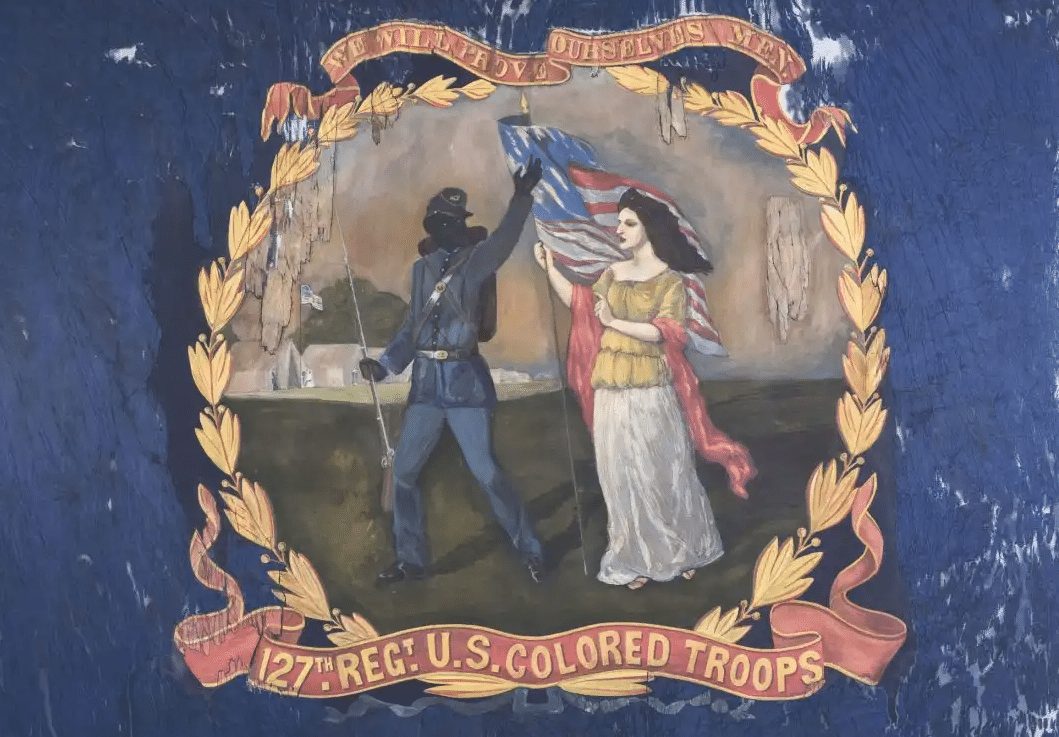The Washington Post has offered a comparison of Lincoln’s speeches with Trump’s. It’s depressing reading – as one commenter puts it, “We’re comparing apples and feces, here.” – but maybe skip the Trump parts and revel in the beautiful humanity of Lincoln’s words. I particularly liked this quote about immigrants. As a Canadian living in one of the world’s most diverse cities, it rings true. Happy Canada Day!
I esteem foreigners no better than other people, nor any worse. They are all of the great family of men, and if there is one shackle upon any of them, it would be far better to lift the load from them than to pile additional loads upon them . . . If they can better their condition by leaving their old homes, there is nothing in my heart to forbid them coming, and I bid them all Godspeed.

